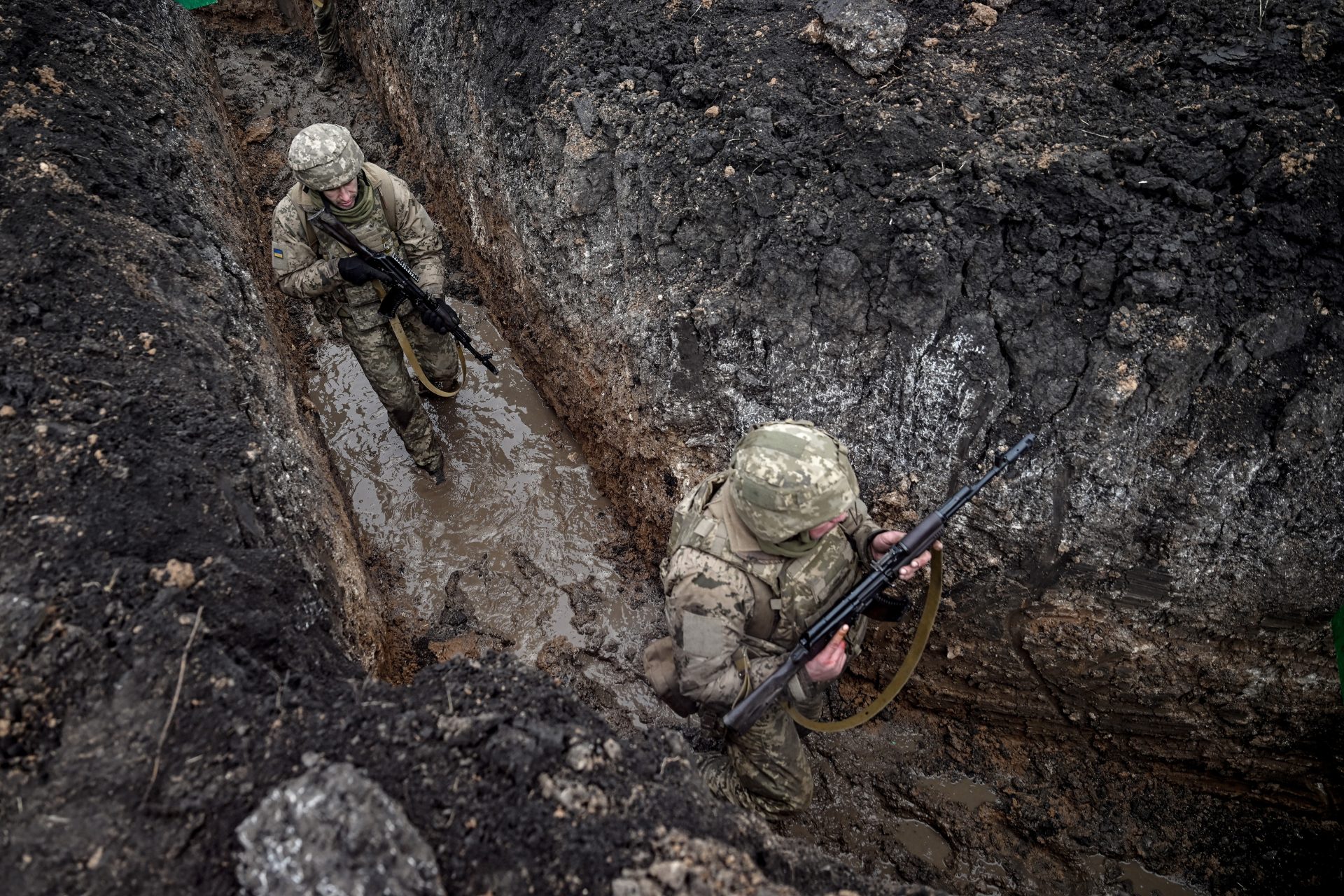This is the worst prison in America
Its outward appearance is that of a nondescript prison building on the banks of the East River, between Queens and the Bronx. Still, behind the walls of the Rikers Island Prison, there is a long history of violence, abuse, and terror. This is the story about what is perhaps the worst prison in the United States.
Being imprisoned on Rikers Island implies, to begin with, assuming the extreme weather of an island in the middle of the water, with cold and snow in winter and hellish heat (very humid) in summer. And the inmates do not exactly enjoy comfortable conditions in their cells in terms of heating or air conditioning.
Cardiologist Michael Borecky described the prison environment as "the Wild West" in a letter to The New York Times, claiming that being attacked by an inmate (as had happened to him during his time working on Rikers Island) was a common occurrence.
According to journalistic chronicles and reports from humanitarian organizations, Rikers Island is a time bomb with 6,000 inmates crowded within its walls. Prison data reveals that half of the inmates have mental health problems, and in 2021 a dozen of them died behind bars. At least five prisoners took their own lives.
Until 2018, minors between the ages of 16 and 18 were sent to Rikers Island Prison and forced to live with dangerous adult criminals. Many of these minors were kept in solitary confinement cells for days and days. It could be a punishment or simply an easy way for the minor not to be attacked by other prisoners. It was not unusual for this confinement to cause severe mental problems.
In 2010 Kalief Browder was 16 years old and stole a backpack. He ended up on Rikers Island because his family had no money to pay for the $3,000 bail the judge asked for. He spent three years in prison, and for two of those years, he was isolated in a cell. In 2013 his case was dismissed, and he was released. In 2015 Kalief Browder took his own life. After passing through Rikers Island, his family assures that he was never the same again.
But Kalief Browder's was not the only controversial death linked to the isolation abuse on Rikers Island. In 2003 Bradley Ballard was found dead in an isolation cell amid excrement and vomit. His family told The New York Times that he was kept for two days without food, spent a week locked up, and no medical help was provided. He suffered from mental problems and died of diabetes complications. He had just turned 39 years old.
The Rikers Islands solitary confinement area is called, in prison slang, Bing. And those who are there are called 'Bing Monsters.' Because after going through that area of the jail, it is common for the inmate to come out with problems.
Rikers Island officials have reported the degrading treatment of inmates since the 1980s and almost to the present day. For years, there have been reports of people who have ended up in that jail for a minor crime (robbery, sneaking into the subway) and have been forced to undress with other prisoners, do push-ups, and be subjected to an anatomical inspection. In 2001, a court ruled that searches of naked prisoners did not apply to those incarcerated for minor offenses, and in many cases, would be released within a few hours.
Another controversial case was that of Layleen Cubilette-Polanco, a transgender woman who ended up on Rikers Island for not being able to post a $ 500 bond. According to CNN, she was found dead in her cell two months later. This tragedy occurred in 2019.
The mayor of New York, former police officer Eric Adams. called the jail "national shame." New Yorkers want the Rikers Island prison to disappear and, in principle, by 2026 it should close its doors forever.
Another important detail: 90% of the prison population on Rikers Island is African American or Latino. However, this percentage can be extrapolated to the rest of the American prisons.
Rikers Island has become something of a paradigm of prison mismanagement. There are innumerable complaints in the press of prisoners who say officials have attacked them. And many more who say that in prison, the guards ignore the inmates, that each one survives there as best they can.
What is most shocking about Rikers Island is how a prison can house both veteran criminals and prisoners awaiting trial, perhaps innocent or who have never lived in an environment of violence and hostility such as a prison of these characteristics. Those sent to Rikers Island by bad luck often have a traumatic experience.
But like any jail, Rikers Island has also had its illustrious inmates. The former president of the International Monetary Fund, Dominique Strauss-Kahn, discovered the reality of life at Rikers when he was arrested in New York and accused of sexual assault.
The well-known rapper Lil Wayne was on Rikers Island for 242 days after the police caught him in possession of illegal substances.
And going further back in time, Sid Vicious was admitted to Rikers Island. The punk icon went through a detox program that wasn't very effective. Sid Vicious passed away shortly after, on February 2, 1979, of an overdose.
Harvey Weinstein is also part of the Rikers Island 'Hall of Fame', which also includes other famous names such as Tupac Shakur, Sonny Rollins or Mark David Chapman, John Lennon's murderer.
If Rikers Island finally closes its doors in 2026, it will be the end of a story of shame for the American prison system. It opened in 1932, had 20,000 inmates in the worst years of New York's crime boom, and continues to be a focus of controversy and public outrage.
More for you
Top Stories
































